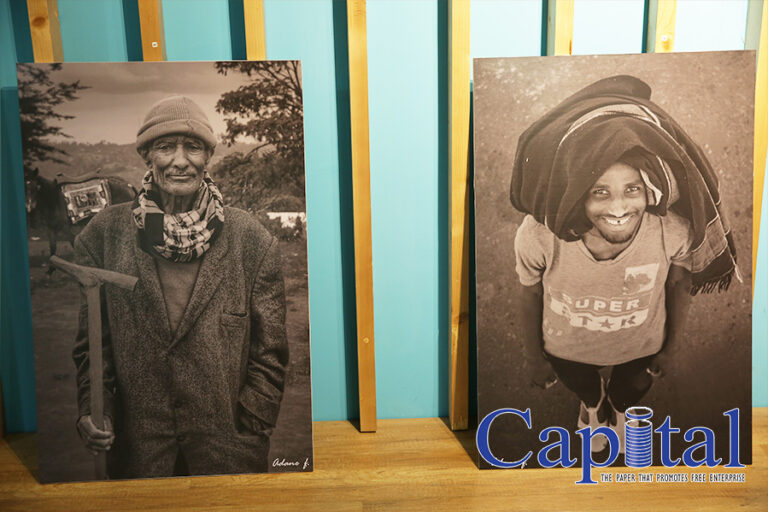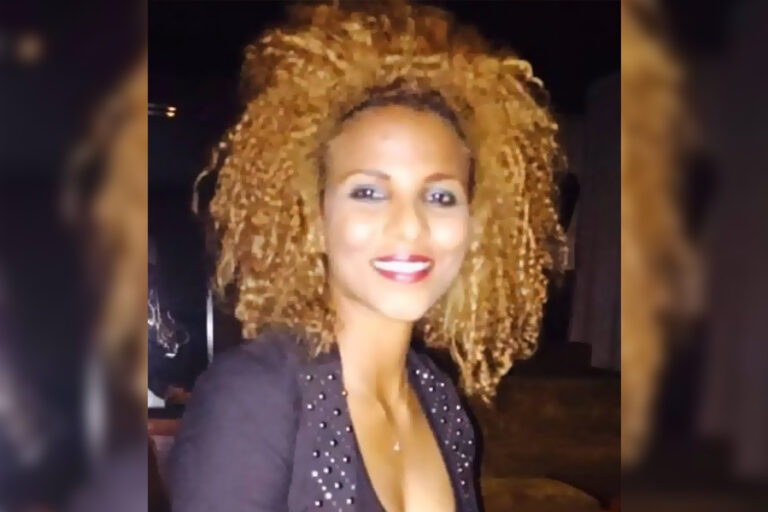Water is one of the most basic commodities on earth sustaining human life. In many regions of the world, traditional sources and supplies of ground water, rivers and reservoirs, are either inadequate or under threat from ever increasing demands on water from changes in land use and growing populations. Only a small part of the available moisture in clouds is transformed into precipitation that reaches the surface. This has prompted scientists and engineers to explore the possibility of augmenting water supplies by means of cloud seeding.
Conrad Keyes in his book entitled “Guidelines for Cloud Seeding to Augment Precipitation” stated that cloud seeding is a process that utilizes chemicals that are freed into the environment to amplify the water amount in the air in order to create a fog or precipitation and hail. These chemicals usually consist of Silver Iodide Potassium Iodide and dry ice and they are usually found in regions with a lot of mountains. Liquid propane has also been used due to its ability to change from liquid to gas. They aid in cloud condensation and changing the microphysical procedures that take place within the cloud.
In layman terms, cloud seeding is simply an artificial way of modifying the weather with the aim of influencing the amount or type of precipitation in an area from the clouds. It changes the cloud and rain formation processes. It is a good thing considering that sometimes people may need more rain while other times, less rain. However, all that is good also comes with its downside.
In his response to the queries of Parliamentarians on 27 March, Prime Minister Abiy Ahmed said the rain that showered in the previous couple of weeks was the result of cloud seeding technology that the government introduced as part of the overall efforts to modernize various sectors and assist performance through modern technology. He recalled that the government has already enabled the country to possess two space satellites, efforts are also underway to apply Artificial Intelligence. Prime Minister Abiy also Tweeted “Over the past few weeks we have been experimenting with cloud seeding technologies and will officially launch soon, to augment rainfall. As our population increases and demands on land increase, such techniques will make dry places more livable and productive”.
It was indeed true for many Ethiopians that cloud seeding came as breaking news when PM Abiy Ahmed addressed Members of Parliament about the government’s performance in the technology sector.
Conrad Keyes noted that during the last 10 years there has been a thorough scrutiny of past experiments involving experiments using glaciogenic seeding. Although there still exists indications that seeding can increase precipitation, a number of recent studies have questioned many of the positive results, weakening the scientific credibility. As a result, considerable skepticism exists as to whether these methods provide a cost-effective means for increasing precipitation for water resources.
Recent results from hygroscopic seeding experiments provided for some renewed optimism in the field of precipitation enhancement. Although promising results have been obtained to date, some fundamental questions remain that need to be answered in order to provide a sound scientific basis for this technology.
Arnett Dennis in his book entitled “Weather Modification by Cloud Seeding” explained that a rainstorm occurs after moisture collects around naturally occurring particles in the air like dust sand, causing the air to reach a level of saturation point at which it can no longer hold in that moisture and droplets fall in the form of rain. Cloud seeding essentially helps that process along, providing additional “nuclei” around which water droplet can reside and condensation occurs. These nuclei can be salts, dry ice or silver iodide. The most common chemicals used for cloud seeding include silver iodide, potassium iodide and dry ice (solid carbon dioxide). Liquid propane, which expands into a gas, has also been used.
According to Arnett Dennis, there are three methods by which cloud seeding is done: Static cloud seeding; Dynamic cloud seeding and Hygroscopic cloud seeding. Static method involves spreading a chemical like silver iodide into clouds. The silver iodide provides a crystal around which moisture can condense. The moisture is already present in the clouds, but silver iodide essentially makes rain clouds more effective at dispensing their water. Physical studies and inferences drawn from statistical seeding experiments suggest that there exists more limited window of opportunity for precipitation enhancement by the static mode of cloud seeding than originally thought.
The window of opportunity for cloud seeding appears to be limited to the static mode of cloud seeding has been shown to cause the expected alterations in cloud microstructure including increased concentrations of ice crystals, reductions of super cooled liquid water content, and more rapid production of precipitation elements in both cumuli and orographic clouds.
This limited scope of opportunities for rainfall enhancement by the static mode of cloud seeding that has emerged in recent years may explain why some cloud seeding experiments have been successful while others have yielded inferred reductions in rainfall from seeded clouds or no effect. A successful experiment in one region does not guarantee that seeding in another region will be successful unless all environmental conditions are replicated as well as the methodology of seeding.
Dynamic cloud seeding aims to boost vertical air currents, which encourages more water to pass through the clouds, translating into more rain. Up to 100 times more ice crystals are used in dynamic cloud seeding than in the static method. The process is considered more complex than static clouding seeding because it depends on a sequence of events working properly.
Cloud seeding has a number of economic advantages. Louis Battan in his book entitled “Cloud physics and cloud seeding” stated the first and foremost advantage of cloud seeding is it creates rain. Where rain is badly needed, cloud seeding is perhaps the only way to produce rain. People use silver iodine to induce rain production in areas where there is barely any precipitation. Rain is important for keeping the area hydrated and fertile for growing crops and other plants.
Cloud seeding boosts economy. Where there is rain, there is farm produce. Farms that yield better can help the local economy and feed the people and even animals. Cloud seeding can greatly improve the living conditions in dry, arid places. Cloud seeding may help to optimize crop yields. Since farmers can use cloud seeding whenever they need increasing levels of precipitation for their plants, those plants will be supplied with water in an optimal manner and can also grow much better compared to a state where those plants would be exposed to serious droughts. In turn, chances are that also the crop yields of farmers could be increased significantly, which would lead to higher profits for farmers in the long run.
Cloud seeding regulates weather. Cloud seeding in a way, gives us the ability to control the weather condition in a particular area. It does not just make rain; it also regulates water vapor that in turn prevents damages brought by destructive hails and storms.
To be continued…












